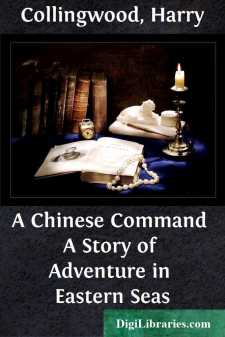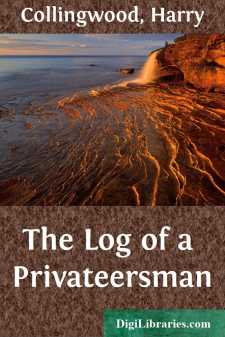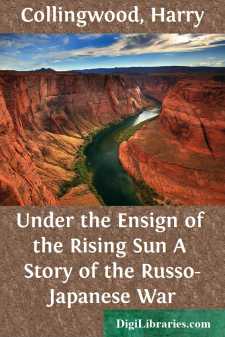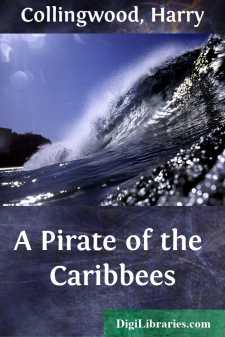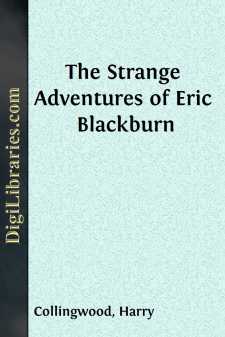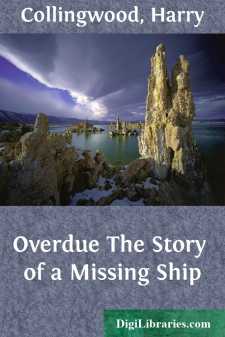Categories
- Antiques & Collectibles 13
- Architecture 36
- Art 48
- Bibles 22
- Biography & Autobiography 813
- Body, Mind & Spirit 142
- Business & Economics 28
- Children's Books 17
- Children's Fiction 14
- Computers 4
- Cooking 94
- Crafts & Hobbies 4
- Drama 346
- Education 46
- Family & Relationships 57
- Fiction 11829
- Games 19
- Gardening 17
- Health & Fitness 34
- History 1377
- House & Home 1
- Humor 147
- Juvenile Fiction 1873
- Juvenile Nonfiction 202
- Language Arts & Disciplines 88
- Law 16
- Literary Collections 686
- Literary Criticism 179
- Mathematics 13
- Medical 41
- Music 40
- Nature 179
- Non-Classifiable 1768
- Performing Arts 7
- Periodicals 1453
- Philosophy 64
- Photography 2
- Poetry 896
- Political Science 203
- Psychology 42
- Reference 154
- Religion 513
- Science 126
- Self-Help 84
- Social Science 81
- Sports & Recreation 34
- Study Aids 3
- Technology & Engineering 59
- Transportation 23
- Travel 463
- True Crime 29
Harry Escombe A Tale of Adventure in Peru
Categories:
Description:
Excerpt
How the Adventure Originated.
The hour was noon, the month chill October; and the occupants—a round dozen in number—of Sir Philip Swinburne’s drawing office were more or less busily pursuing their vocation of preparing drawings and tracings, taking out quantities, preparing estimates, and, in short, executing the several duties of a civil engineers’ draughtsman as well as they could in a temperature of 35° Fahrenheit, and in an atmosphere surcharged with smoke from a flue that refused to draw—when the door communicating with the chief draughtsman’s room opened and the head of Mr Richards, the occupant of that apartment, protruded through the aperture. At the sound of the opening door the draughtsmen, who were acquainted with Mr Richards’s ways, glanced up with one accord from their work, and the eye of one of them was promptly caught by Mr Richards, who, raising a beckoning finger, remarked:
“Escombe, I want you,” and immediately retired.
Thereupon Escombe, the individual addressed, carefully wiped his drawing pen upon a duster, methodically laid the instrument in its proper place in the instrument case, closed the latter, and, descending from his high stool, made his way into the chief draughtsman’s room, closing the door behind him. He did this with some little trepidation; for these private interviews with his chief were more often than not of a distinctly unpleasant character, having reference to some stupid blunder in a calculation, some oversight in the preparation of a drawing, or something of a similar nature calling for sharp rebuke; and as the lad—he was but seventeen—accomplished the short journey from one room to the other he rapidly reviewed his most recent work, and endeavoured to decide in which job he was most likely to have made a mistake. But before he could arrive at a decision on this point he was in the presence of Mr Richards, and a single glance at the chief draughtsman’s face—now that it could be seen clearly and unveiled by a pall of smoke—sufficed to assure Harry Escombe that in this case at least he had nothing in the nature of censure to fear. For Mr Richards’s face was beaming with satisfaction, and a large atlas lay open upon the desk at which he stood.
“Sit down, Escombe,” remarked the dreaded potentate as he pointed to a chair.
Escombe seated himself; and then ensued a silence of a full minute’s duration. The potentate seemed to be meditating how to begin. At length—
“How long have you been with us, Escombe?” he enquired, hoisting himself onto a stool as he put the question.
“A little over two years,” answered Escombe. “I signed my articles with Sir Philip on the first of September the year before last, and came on duty the next day.”
“Two years!” ejaculated Mr Richards. “I did not think it had been so long as that. But time flies when one is busy, and we have done a lot of work during the last two years. Then you have only another year of pupilage to serve, eh, Escombe?”
“Only one year more, Mr Richards,” answered the lad....



